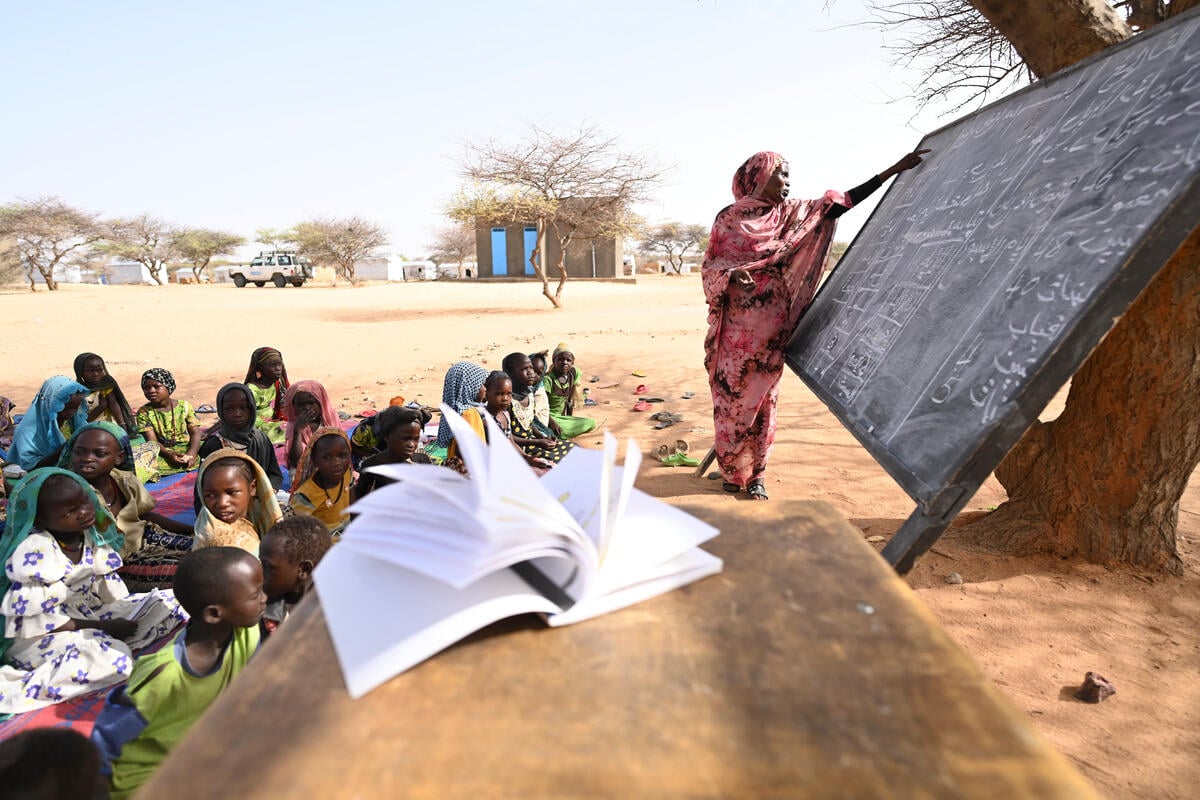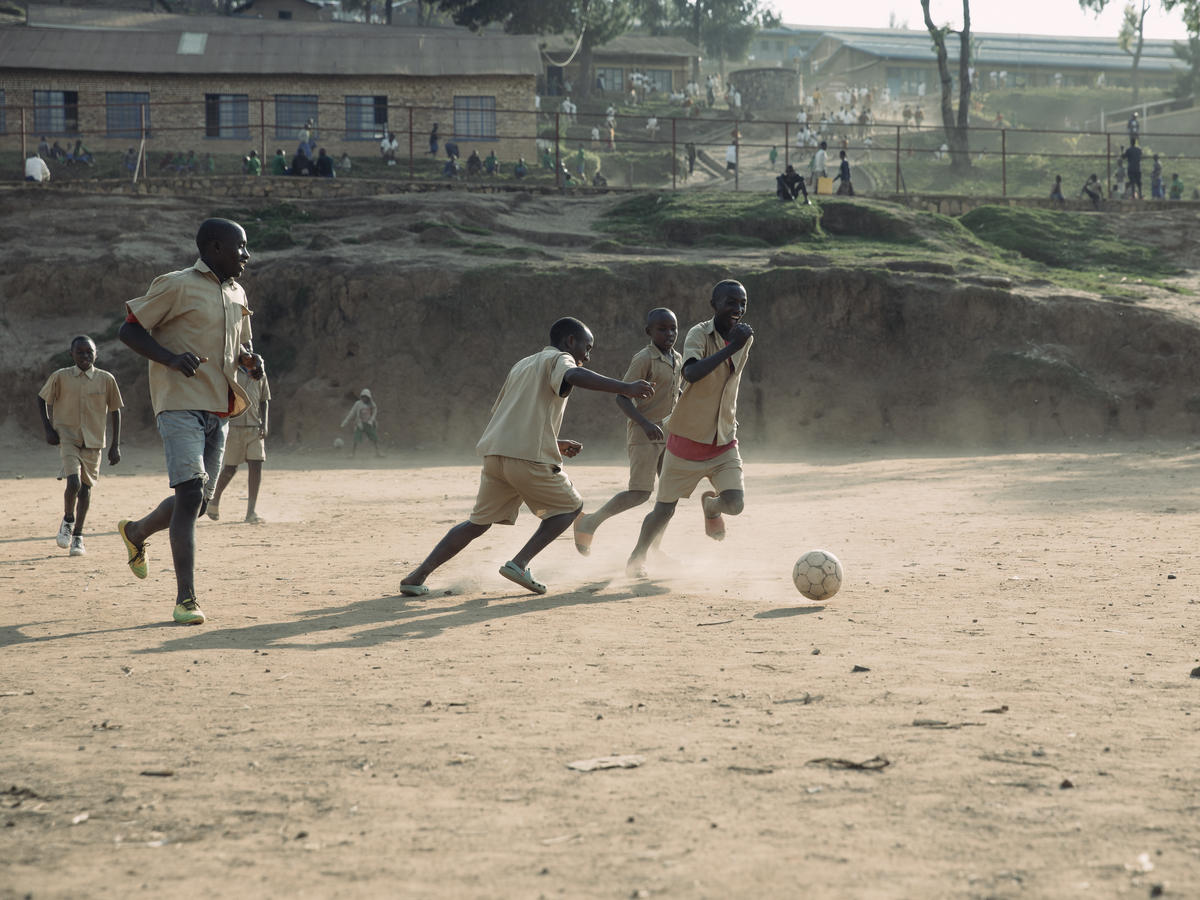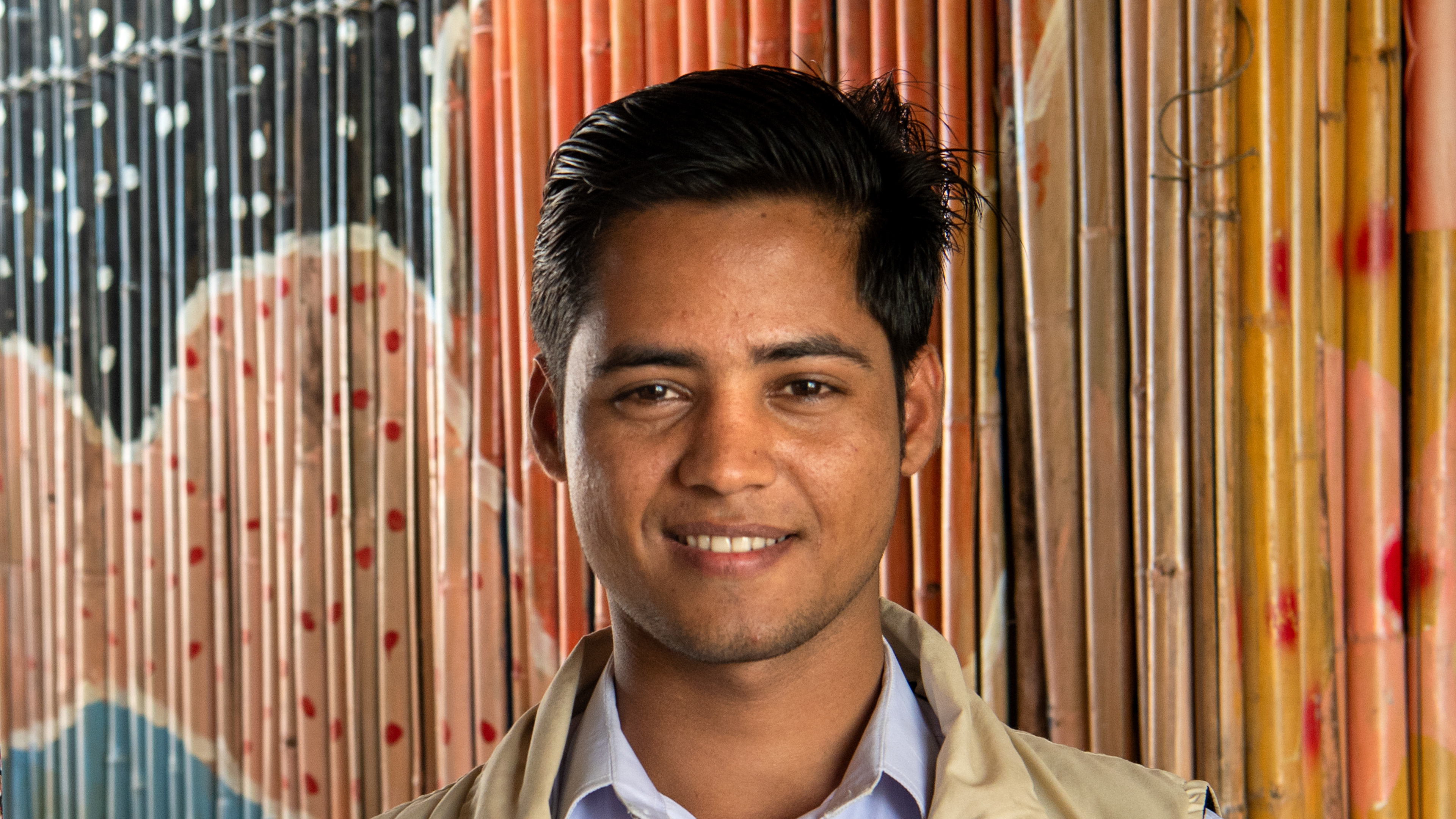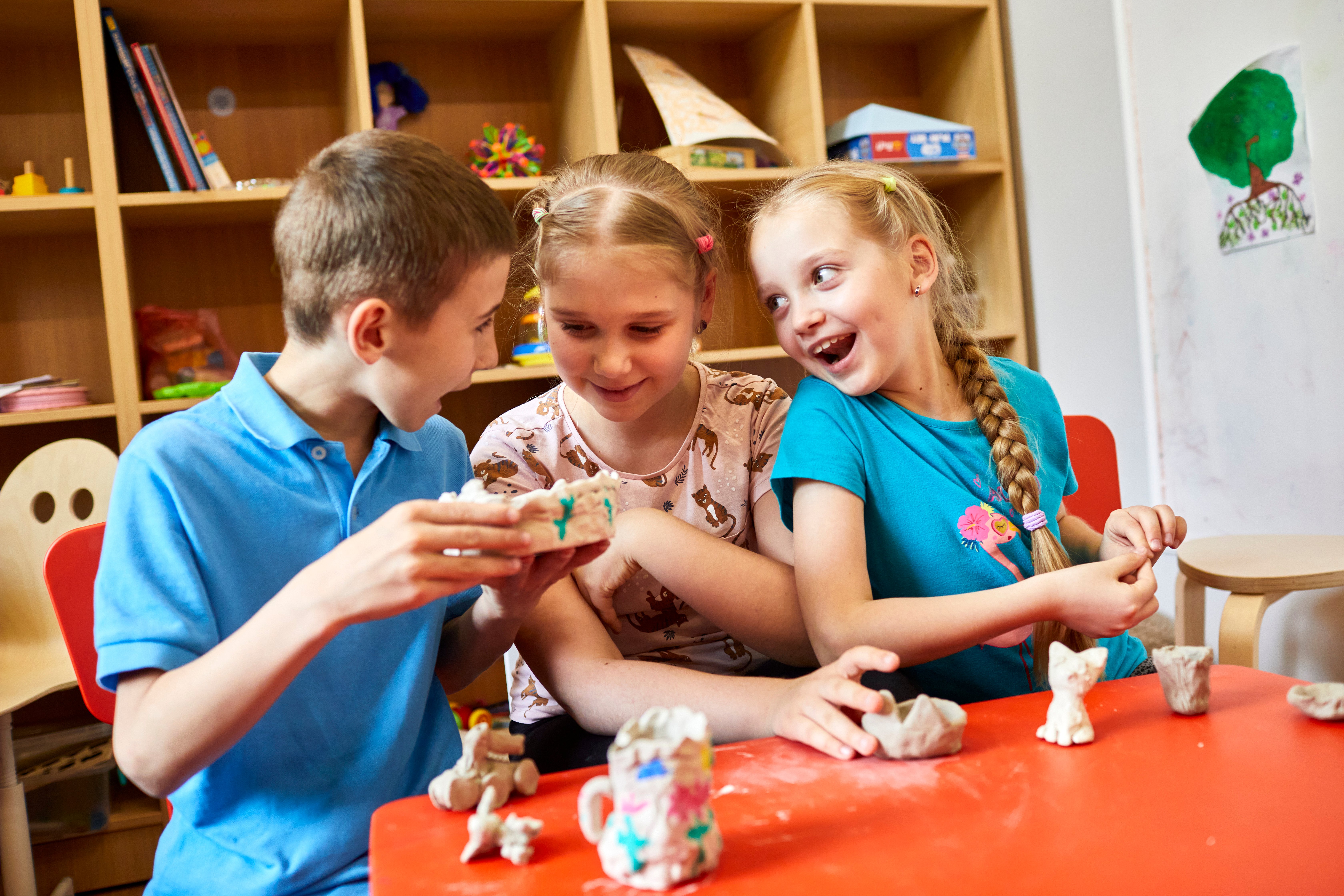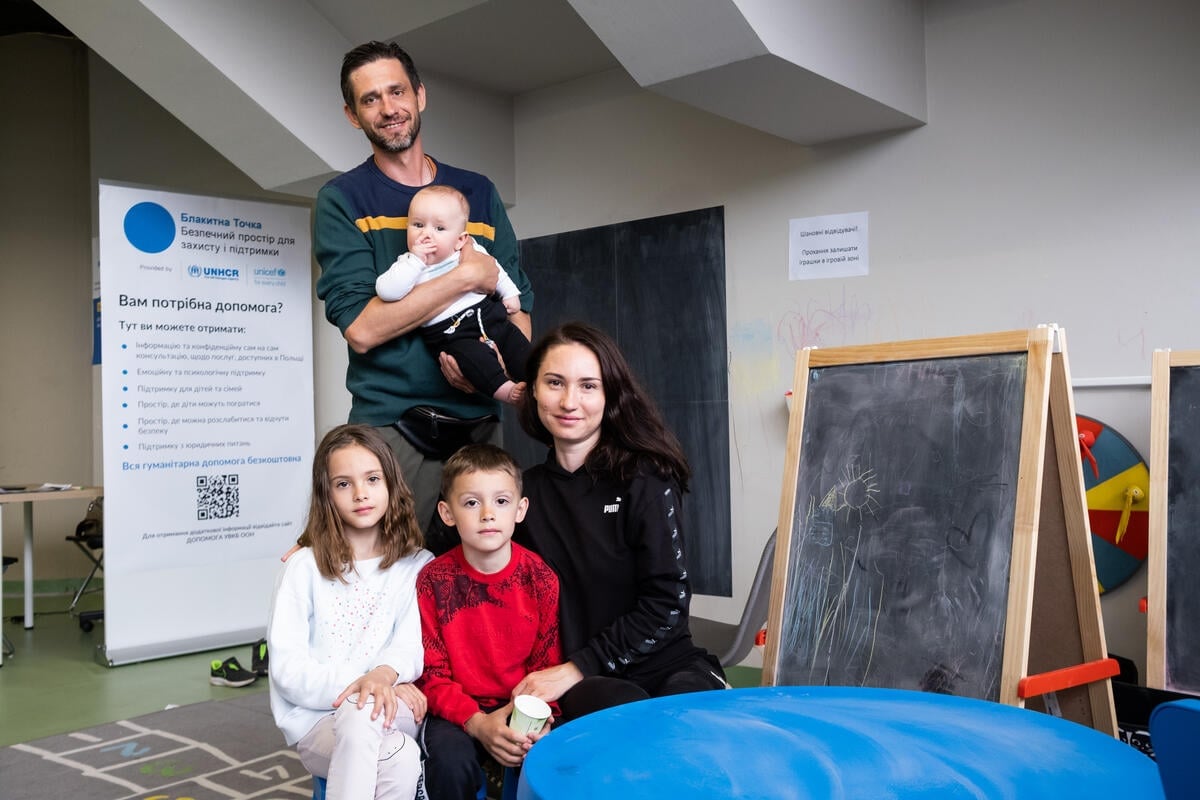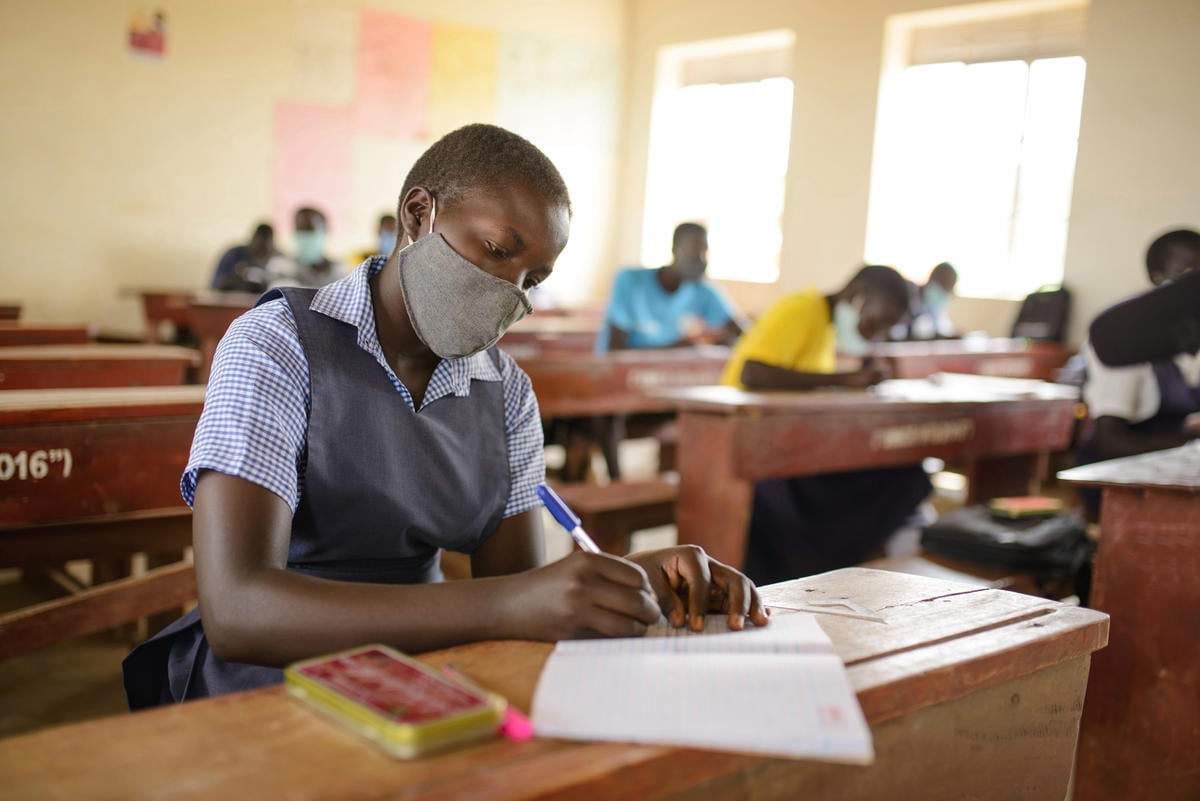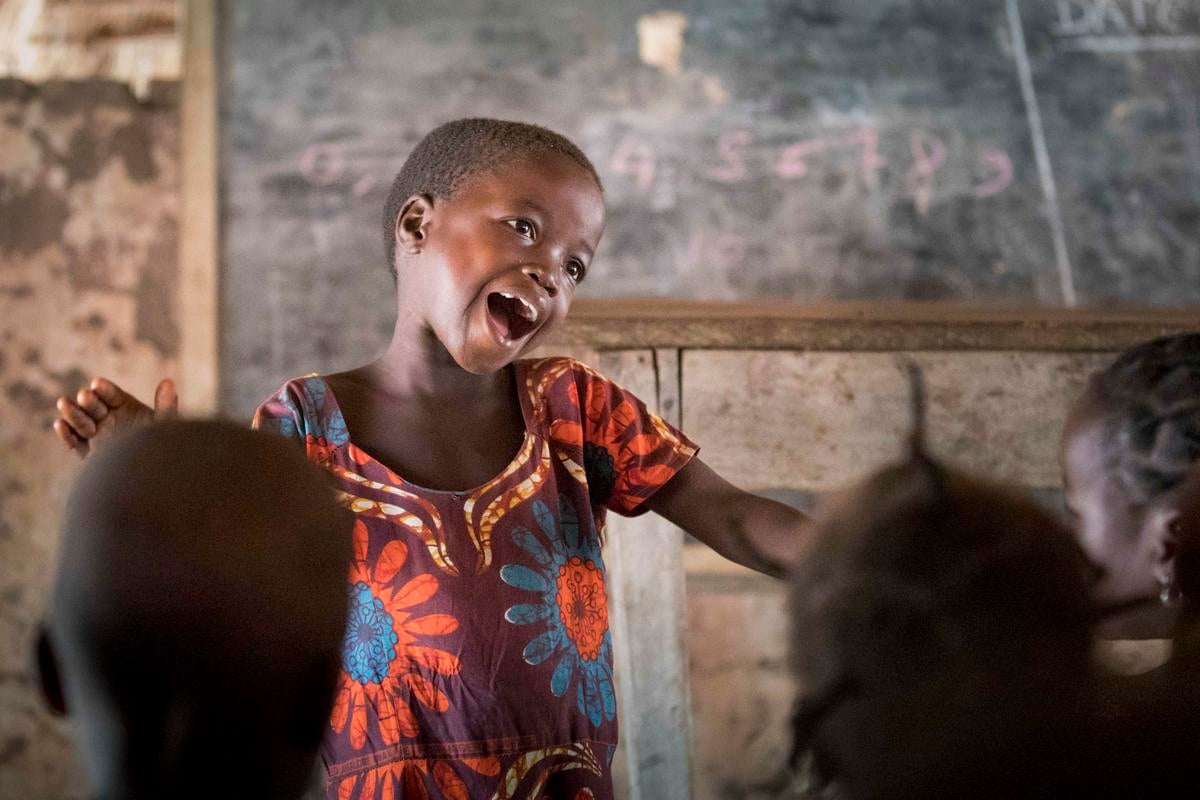"Aya doesn't die!" A feisty four-year-old from Syria survives in exile
"Aya doesn't die!" A feisty four-year-old from Syria survives in exile

BEIRUT, Lebanon – In 2014 I went to Lebanon to document the lives of some of Syria’s most vulnerable refugees. The disabled, elderly and single-parent families. It was to be one of the most moving and challenging assignments of my career and one that was to have a lasting effect on my work and me personally.
When UNHCR commissioned me to document the refugee crisis across Europe and the Middle East, I knew, as part of that, I wanted to revisit some of those I had met in Lebanon two years earlier.
It is important to remember stories do not end when the writers and photographers leave. For me, one of the most important elements in my work is the continuation of stories over long periods of time; and there were few more important stories to me, than the Syrian refugees I had met in Lebanon.
“Stories do not end when the writers and photographers leave.”
When I first met Reem, in early 2014, she was in deep shock. Just a few months before a rocket had hit her house in Syria. She was asleep at the time; the explosion killed her husband in the bed next to her, one of her children died in the room next door and Reem lost a leg.
She barely spoke, and was struggling to walk on her new prosthetic limb. To make matters worse, she was living on the fourth floor of an unfinished building in the Bekka Valley. With housing in desperately short supply, a tent on the roof of this building was all her and her father had been able to find. It meant she was imprisoned there, unable to negotiate the stairs.

Worse, though, was that she had decided to send her children to live with a relative. Without a leg, she felt she was unable to look after them. Depressed, struggling to cope with her loss, she said to me, “I don’t want them to see me like this.”
So it was with great joy that on my return the first person to greet me as I walked up the stairs was Sarah, Reem’s youngest daughter. Although still living on a rooftop, the family was at least reunited. And Reem was now negotiating the stairs with ease, and each day was growing stronger and walking further.
“I don’t want them to see me like this.”
That evening I sat with the family (Reem’s two brother’s had joined her living on the rooftop), drinking coffee and eating homemade bread from the open fire. In so many ways, life was normal. The family joked and laughed, reminisced about life back in Syria, discussed food and football. But for the refugees living in Lebanon, nothing is normal. They are stuck in a limbo, struggling to build lives for themselves and with uncertain futures.
When I asked Sarah about her favourite subjects at school, she replied that she did not have one, because she did not go to school. And when I asked her about her friends, she gave the same reply. Nervous and withdrawn, Sarah has no contact with the world outside of this rooftop. Like so many refugee children, she is unable to go to school and is not just missing out on her education but also on her childhood.

Of all those I met on my first visit, the person who made the biggest impression was a young girl called Aya.
For me personally I try not to portray people as victims in my work, but rather victims of circumstance. When I met Aya, it seemed this would be impossible. She was sitting alone on a concrete floor in a dark, damp makeshift tent. Aya has spina bifida, meaning she is paralysed from the waist down and the curvature in her spine makes it hard for to sit upright unaided. At the time she was just four years old. Seeing her sat there, I thought I could not take her photograph, she seemed so vulnerable.
Aya, though, was to prove my assumption completely wrong! She was not a victim. In fact, she turned out to be the feistiest four-year-old I had ever met.
Although I had decided not to take Aya’s photograph, I still spent the day with the family. It was her mother, Sihan, who first told me about Aya’s relationship with her sister Iman. The two were inseparable. When their house in Idlib had been bombed, it was Iman, only 10 years old herself, who had held Aya in the basement where they sheltered for three days. With no food or water, she never let her sister go.
“It was Iman who had carried Aya the whole way.”
Then on the perilous journey from Syria to Lebanon, which had taken them several weeks, it was Iman who had carried Aya the whole way. I was thinking to myself about how beautiful the relationship between the sisters was, when Iman walked into the tent. I was expecting to see that tenderness, but instead Aya looked up at her sister and exclaimed, “Pick me up, Donkey!”
Over the coming weeks I revisited the family and learned about their strength and love for each other despite all they had been through. One of the hardest things was listening to Aya’s father, Ayman, talk about the possibility of splitting his family up. The situation was so desperate he was seriously considering sending the children to live with others.
And the situation was dire. Living in a makeshift tent by a cement factory, the children were often sick. With Ayman unable to work, the family was sinking further in to debt. Aya was not getting the medical support she desperately needed and the other children were not attending school. It seemed they had no future.
For the family, their greatest concern was whether Aya would even survive the winter. On my last day there, as the family attempted to winter-proof their tent with materials supplied by UNHCR, Sihan was in tears telling me that she doubted Aya, with her medical condition, could survive these hardships. Aya though had other thoughts. She interrupted her mother to exclaim with typical defiance, “Aya doesn’t die!”
So, of course, when I returned to Lebanon I had to revisit Aya and her family. They had moved out of the tent and thanks to assistance were now living in a rented room on the outskirts of Tripoli. It was not much, but at least it provided the family proper shelter and the children seemed much healthier.
Aya was her normal feisty self and had grown up so much. Her new hobby was painting her nails and trying new hairstyles.
I photographed her being pushed around in her wheelchair by her brothers, screaming “Faster! Faster!” I have some understanding of the pain that she is in each day and her struggles with disability, yet I have never heard her complain or stop smiling. I rarely use the word, but she really is an inspiration.
Life though is hard. What support the family does receive barely pays for the rent and food. Whilst the kids can now go to school, they often missed classes because the family didn’t have enough for the bus fare. Ayman still wasn’t allowed to work.
Much of the days are spent sitting around the house, with little for the children to do.
“What had changed most was their hope for the future.”
Whilst some things in the family’s life had improved, what had changed most was their hope for the future. When I first met Aya’s family that talked of returning to Syria as soon as possible. All they wanted was to return home as soon as it was safe enough to do so.
Now, after over five years of war, they were starting to question if they would ever return. And if they did return, what would be left? The schools, hospitals, businesses lie in ruins; their own house destroyed. What future could they have?
With the prospects of a return to Syria dwindling and life in Lebanon impossible, their hope now was for resettlement.
“I never wanted to go to Europe, I never wanted to be so far from Syria,” explained Ayman. “But if this gives my children a chance of a future, then I will go.”
More than that, resettlement in Europe could be Aya’s only hope. They had been put forward by UNHCR for resettlement in France, but months had passed and still no news. They were losing hope.
Over the previous weeks I had managed to track down many of the Syrians I had met on my first visit, but obviously it was hard to trace everybody. On the last day I was in Lebanon I got a phone call. It was from the family of a woman called Khouloud, who I had visited in the Bekka Valley in 2014. She had heard I was back and wanted me to visit. When I asked where she was now living, I was told she was in the same tent I’d seen her in two years before.
I was shocked.
Of all those I had visited before, Khouloud was one of the most in need. How could she be living in the same tent?
In 2013 Khouloud had been working in her garden with her children when a sniper shot her through the spine. She fell, paralysed from the neck down. “I had tried to plant a small area of land near our house, as it wasn’t possible to get vegetables like before,” she had explained on my first visit. “I was going to take care of the plants with my four children and suddenly a bullet hit my neck and I fell down and lost sensation. I could not move any more. The children started shouting and yelling.”
After her initial treatment, her family managed to get her out of Syria. After they fled the country, they found themselves living in an informal tented settlement in Lebanon’s Bekka Valley, one of thousands of such unofficial camps dotted across the country. When I met her in 2014 she’d been living there for five months.
“I wish I could move my fingers.”
UNHCR provided food coupons, but the family was struggling. Khouloud’s husband had to provide her with 24-hour care.
At the time I asked her, “What’s your hope for the future?”
“To be a mother again,” she replied. “I wish I could move my fingers because sometimes my son is injured outside and he comes in next to me. He moves my hand and he puts my fingers onto the wound. I wish I could move my fingers to touch the wound and make him feel like I am feeling it with him.”
I extended my stay in Lebanon and went to visit Khouloud and her family the following day. It is hard to describe how I felt, but as a photographer and storyteller, I felt I had failed her. If I had done my job the first time, surely she still wouldn’t be in the same circumstance?
For over two years, Khouloud has not moved from her bed, staring at the ceiling of the small shack that they live in. Yet still, she remains positive and smiles. Her husband, Jamal, who is her full-time carer, still looks at her, according to him, with the love he did when they first met. The children do their homework on the bed with their mother and they always eat together.
It’s hard to think of a home more filled with love and compassion. Over the days that followed, I tried to capture that story through my photographs.
Postscript
19 May 2016
A couple of months after visiting Aya and her family in Lebanon, I received the news that they were to be resettled in France in two weeks time. They were overjoyed.
For the past few months the children had been studying French; now they were practising all day. Sihan was buying things she thought she would need in France: coffee, thyme, cumin seed, blankets (she was told it would be cold).
I explained that they would have these things in France, but she was not convinced. “I can’t lose the taste of home,” she told me.
1 June 2016
When they boarded the plane in Beirut the family was terrified. None of them had flown before. Well, all the family apart from Aya; she did up her seat belt, smiled and said, “Let's go!”
When they landed they were met and taken to the small town of Laval, a couple of hours drive west of Paris. Their apartment is in a new block on the edge of town. It is quiet, with gardens and parks where the children can play.
A few days after they arrived I went to visit them. Sitting there eating dinner with the family, I realized, that despite knowing the family for over two years, it was the first time I had seen Aya’s parents smile. It was as if a great weight had been lifted from them.
Of course they have challenges ahead. The children have missed years of school and now have to try and catch up while learning a new language, Ayman has to learn French before he can find a job and Sihan wants to play an active part in the community but knows it will take time to fit in. But they are so grateful and keen to take full advantage of their chance, a chance to start a new life.
But most importantly they are now safe and Aya can get the medical care she needs.
As I was leaving, with tears in her eyes, Sihan told me about the first night they had slept in their new flat. Aya often struggles to sleep, but this night, as she put Aya to bed, Sihan was able to whisper to her, “It’s okay. This is your home now.”









